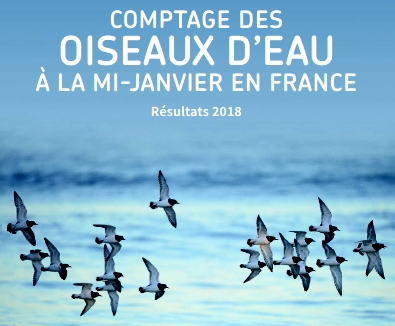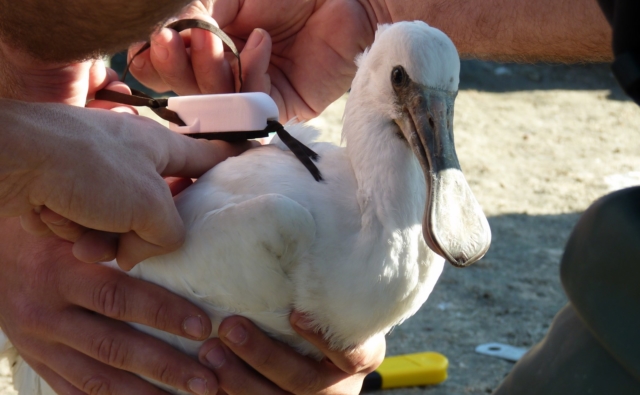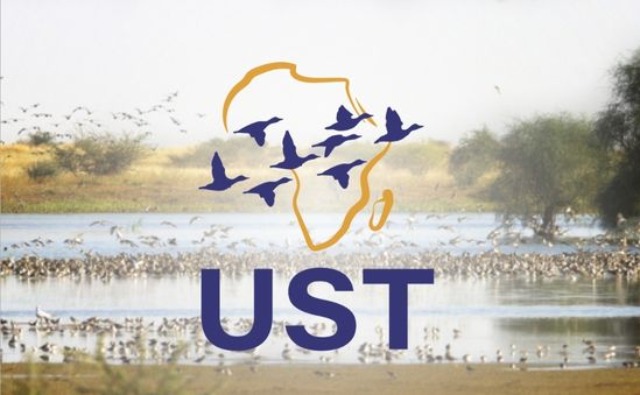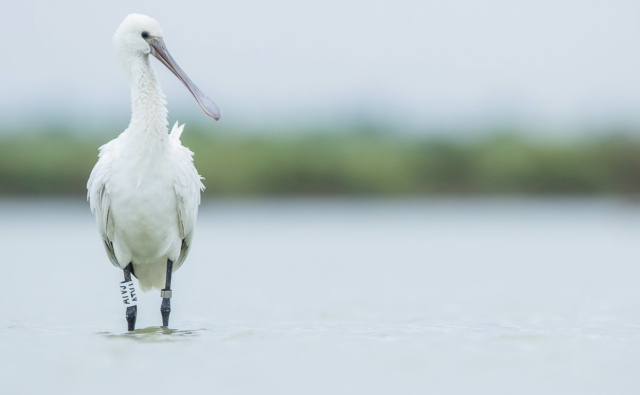 The French Bird Protection League (LPO) has just published the results of the last bird census in France, conducted in mid-January 2018.
The French Bird Protection League (LPO) has just published the results of the last bird census in France, conducted in mid-January 2018.
Coordinated in France by the LPO on behalf of Wetlands International, this census was first made in 1967 for ducks, geese, and swans (Anatidae) as well as coots, and then extended to include a larger number of species. Every year it enables the status and trends of waterbird populations to be evaluated in a participative operation on the five continents.
This census is always conducted around mid-January, the period during which the majority of waterbirds from the northern hemisphere are at their wintering sites, where their concentration facilitates the counting operation.
In France, in mid-January 2018 over 1500 volunteer bird counters from 200 organisations and associations participated in the censuses targetting 150 species, in 484 wetlands throughout the country.
As is the case every year, the Camargue, which is the largest wetland in France, was a site of prime importance for the census due to the large populations of waterbirds that winter in it. This is particularly true for the following species: Common Coot, Common Shelduck, Red-crested Pochard, Northern Shoveler, Gadwall, Eurasian Wigeon, Mallard, Greylag Goose, Common Teal, Greater Flamingo, Common Crane, Glossy Ibis, and Pied Avocet.
In France, in mid-January 2018 over 1500 volunteer bird counters from 200 organisations and associations participated in the censuses targetting 150 species, in 484 wetlands throughout the country.
As is the case every year, the Camargue, which is the largest wetland in France, was a site of prime importance for the census due to the large populations of waterbirds that winter in it. This is particularly true for the following species: Common Coot, Common Shelduck, Red-crested Pochard, Northern Shoveler, Gadwall, Eurasian Wigeon, Mallard, Greylag Goose, Common Teal, Greater Flamingo, Common Crane, Glossy Ibis, and Pied Avocet.
The Tour du Valat and its scientific partners (the Camargue and Marais du Vigueirat Nature Reserves, the Parc naturel régional de Camargue, the Office National de la Chasse et de la Faune Sauvage, the Syndicat mixte de Camargue gardoise and the Parc Ornithologique de Pont de Gau) participated actively in the 2018 census, which drew the conclusion that the health status is very good for Greater Flamingo, Glossy Ibis, and Common Crane populations for which the Camargue is a major wintering site in France.
Concerning the Tour du Valat, this census is conducted in the framework of two of its projects Monitoring waterbirds that winter in the Camargue and Waterfowl studies in the Camargue.
Further information can be found on the LPO site (read more).



